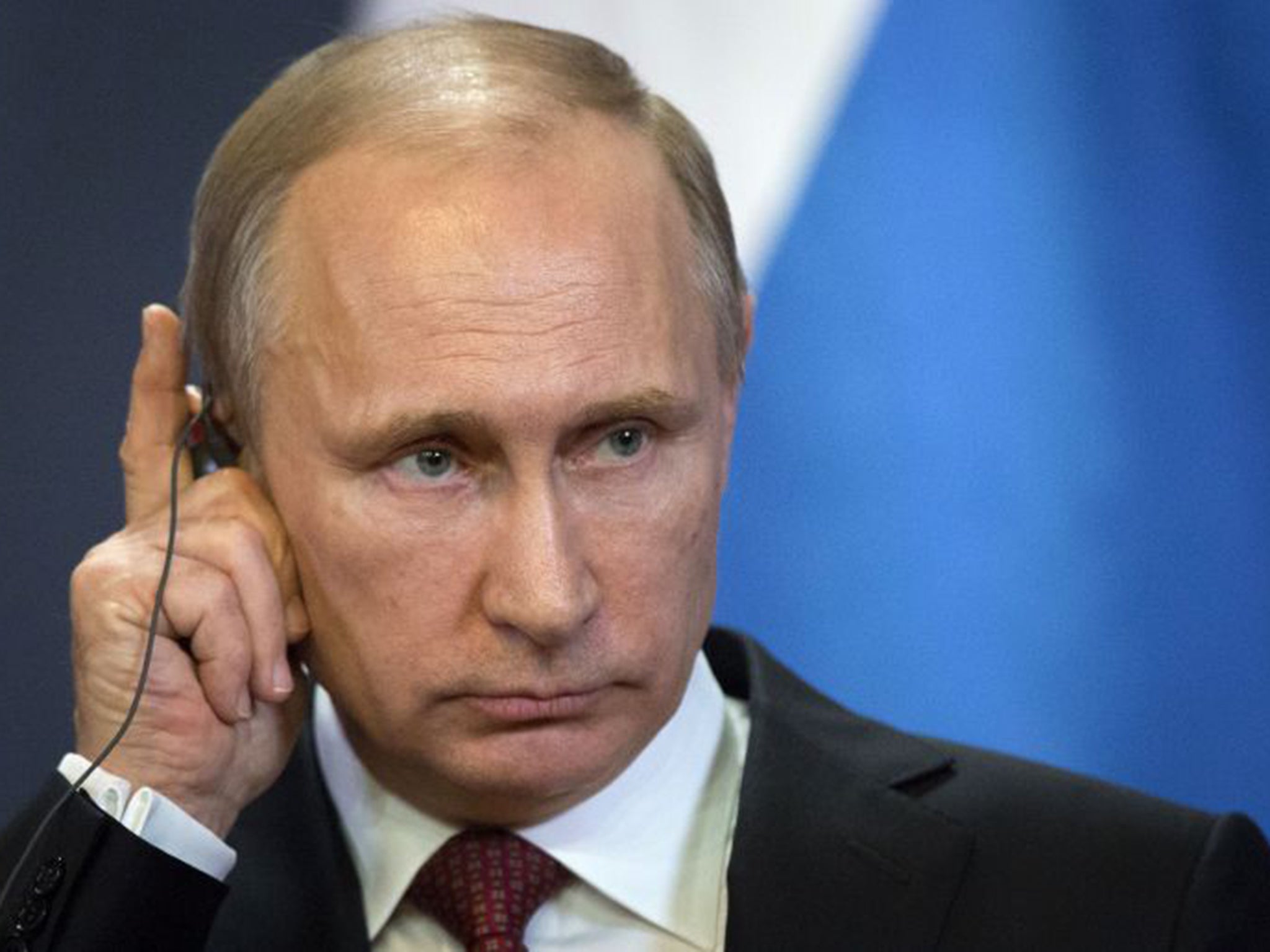Russia's gulag museum 'makes no mention' of Stalin's atrocities
The Ministry of Culture has taken over the running of Perm-36 from a local NGO amid claims it is 'downplaying any political significance of the site'

During the height of the Soviet Union, Russia was home to thousands of gulags – forced labour camps where political dissidents and criminals were locked up. Many of sites are still used as prisons today, while others have long been abandoned.
Only one has been open to the public as a museum. Perm-36, in the remote Urals has, since 1996, been maintained by a local NGO as a “living reminder of repression”.
That function now seems to have been crushed, with the group that ran the museum announcing they have been ousted from the property after losing a legal battle with the regional Ministry of Culture, which announced in 2013 that it would take over.
Thousands of people visit the site every year to see exhibitions on dissidents and Soviet-era repression. But the new plan for the museum leaves “no talk of Stalin”, the group says, and downplays any political significance of the site, focusing only on its day-to-day functioning.
“Now the exhibition shows: here were the barracks where the prisoners lived, here is the bathhouse. There was no talk of political repression,” Viktor Shmyrov, director for the museum, told the Associated Press. “What they are doing shows that the very essence of the museum is changing.”
The new management will include former prison guards, said Arseny Roginsky, president of Memorial, one of Russia’s few human rights organisations. “It’s tragic that a museum to Soviet terror will be transformed into a museum to the penal system,” he said.
An estimated 700,000 people died during the peak of purges under Josef Stalin in 1937-1938. Millions more died of harsh labour and cruel treatment.
The system was officially dissolved in 1960, but many prisons, including Perm-36 were still used.

Perm-36, in particular, housed dissidents well into the 1980s, including Vasyl Stus, a Ukrainian poet and activist in the Ukrainian dissident movement, who died there following a hunger strike in 1985.
It is that recent history, in particular, that President Vladimir Putin wants to brush under the carpet, says Ola Cichowlas, a British-Polish journalist who spent a year working for Memorial in Perm in 2010. “They don’t want to do anything that glorifies the dissidents of the 80s,” she told The Independent.
The city of Perm became a rare centre for culture and public expression in the years following the fall of the Soviet Union, and began hosting a cultural festival in 2005. But the atmosphere began to change when Vladimir Putin returned to the presidency in 2011, said Ms Cichowlas.
Recent opinion polls have suggested Stalin retains an enduring popularity in Russia, not least in the imagery of the Putin government.
In May 2014 Perm-36 was the subject of a damning documentary accusing it of being “anti-Russian”.
“[It] was a signal that things were about to get much worse,” Ms Cichowlas said.
According to Mr Shmyrov, his organisation entered negotiations with the government in 2013, a year after the introduction of a law which required all NGOs which received foreign funding, including Perm-36, to register as foreign agents.
Join our commenting forum
Join thought-provoking conversations, follow other Independent readers and see their replies
Comments